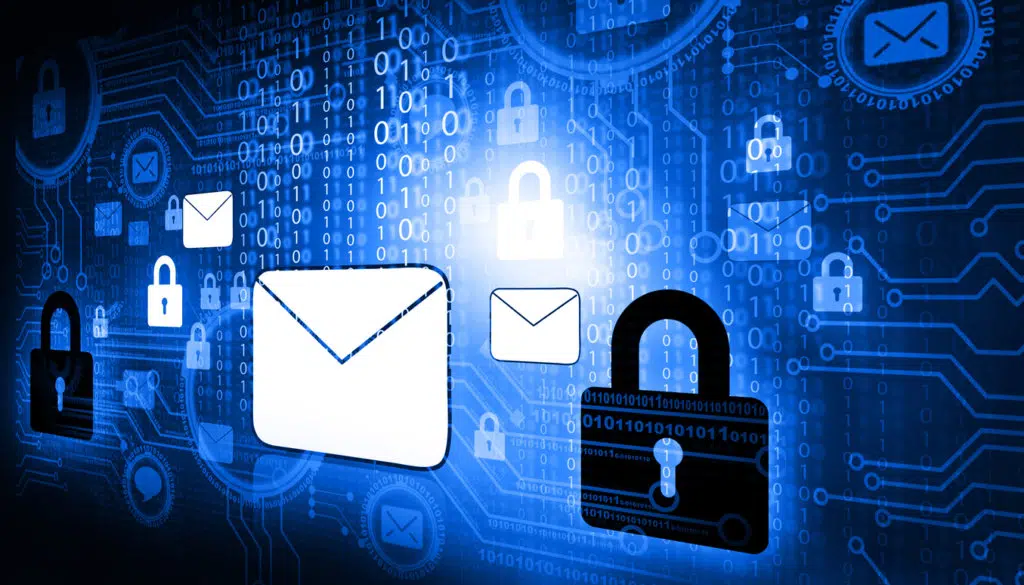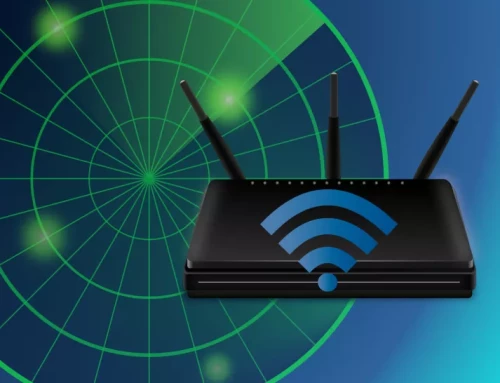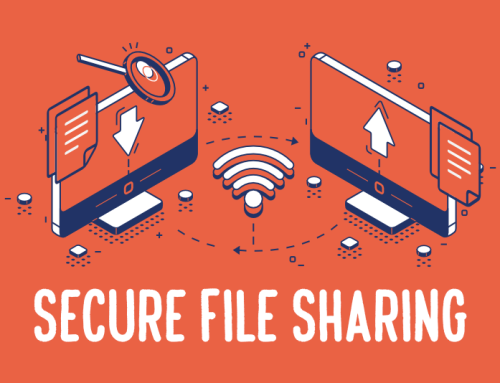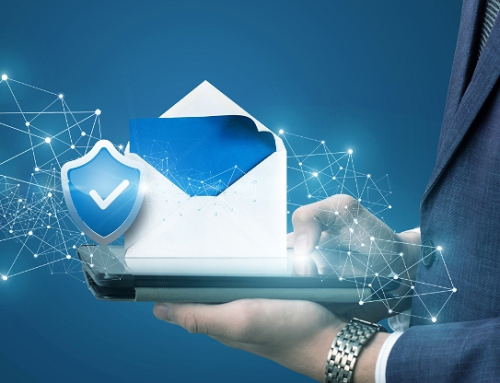Secure email communication
Introduction:
Email has become a crucial component of both our personal and professional lives in today’s connected world. Email accessibility and convenience come with a number of security risks, though. Adopting secure email communication practices is essential to safeguard sensitive information and guard against unauthorized access in light of the constantly evolving cyber threats. This article will discuss the value of secure email communication and offer helpful advice on how to improve email security.
The Basis of Secure Email Communication Is Encryption
Email communication is secured in large part by encryption. You can make sure that only the intended recipient can read your emails by encrypting them. Encrypting your message from the moment it leaves your device until it reaches the recipient’s device is made possible by using end-to-end encryption. This stops unauthorized access and shields your data from hacker or surveillance agency interception.
2FA, or two-factor authentication
Your email account gains an additional layer of security when two-factor authentication is enabled. In order to access your email account with 2FA, a second form of verification (such as a special code sent to your mobile device) is necessary in addition to your password. Even in the event that your password is stolen, this aids in preventing unauthorized access.
Regular Updates and Powerful Passwords
It’s crucial to make secure and distinctive passwords for your email accounts. Avoid using passwords that are simple to guess or using the same password on multiple platforms. Upper- and lowercase letters, numbers, and special characters are frequently used to create secure passwords. By reducing the chance of unauthorized access, regularly updating your password further strengthens the security of your email.
Avoid falling for phishing scams
Cybercriminals frequently employ phishing attacks to get access to sensitive data. Be wary of emails that request financial or personal information, have dubious attachments, or point you to unfamiliar websites. Avoid clicking on shady links, and before sending any confidential information, always double-check the sender’s identity.
Wi-Fi Connections That Are Safe
Make sure you are connected to a secure Wi-Fi network when checking your email while on the go. Public Wi-Fi hotspots, like those found in coffee shops or airports, are frequently unsecured, putting your email traffic at risk from potential snoopers. To encrypt your internet connection and shield your email correspondence from prying eyes, think about using a virtual private network (VPN).
Software Updates Frequently
Updating your operating system and email client is essential for maintaining security. Important security patches that fix vulnerabilities and defend against the most recent threats are frequently included in software updates. To ensure that you are taking advantage of the most recent security improvements, enable automatic updates whenever possible.
Sending delicate information via email should be avoided
The risk of unauthorized access is significantly reduced by secure email practices, but it is still advisable to use caution when sending sensitive information. If you can, use secure messaging apps or other alternative secure communication channels to send sensitive information, like encrypted file-sharing services.
Conclusion:
Protecting your personal and professional information from unauthorized access requires secure email communication. You can greatly improve the security of your email communication by adhering to these best practices, such as encryption, two-factor authentication, strong passwords, and being on guard against phishing attacks. Remember that in today’s digital environment, where cyber threats are constantly evolving, maintaining a proactive approach to email security is crucial.






